Rising Demand for Electric Vehicles
The increasing adoption of electric vehicles (EVs) is a primary driver for the Lithium Ion Battery Separator for Electric Vehicle Application Market. As consumers and manufacturers shift towards sustainable transportation solutions, the demand for efficient and high-performance lithium-ion batteries rises. According to recent data, the EV market is projected to grow at a compound annual growth rate (CAGR) of over 20% through the next decade. This surge in EV production necessitates advanced battery technologies, including separators that enhance safety and performance. Consequently, manufacturers are investing in innovative separator materials to meet the evolving needs of the EV market, thereby propelling the growth of the Lithium Ion Battery Separator for Electric Vehicle Application Market.
Government Regulations and Incentives
Government regulations and incentives aimed at promoting electric vehicle adoption play a crucial role in shaping the Lithium Ion Battery Separator for Electric Vehicle Application Market. Many countries are implementing stringent emissions standards and offering tax credits for EV purchases, which encourages consumers to opt for electric vehicles. This regulatory environment fosters a favorable market for lithium-ion batteries, subsequently increasing the demand for high-performance separators. For instance, initiatives in various regions aim to phase out internal combustion engines, further driving the need for advanced battery technologies. As a result, the Lithium Ion Battery Separator for Electric Vehicle Application Market is likely to experience accelerated growth due to supportive government policies and incentives.
Focus on Energy Density and Performance
The emphasis on enhancing energy density and overall performance of lithium-ion batteries is a significant driver for the Lithium Ion Battery Separator for Electric Vehicle Application Market. As manufacturers aim to produce batteries with higher energy capacities, the role of separators becomes increasingly critical. High-performance separators can improve battery efficiency, reduce weight, and extend the driving range of electric vehicles. Market analysis suggests that the demand for separators that can support higher energy densities is expected to rise, as automakers seek to differentiate their products in a competitive landscape. This focus on performance enhancement is likely to propel the growth of the Lithium Ion Battery Separator for Electric Vehicle Application Market, as companies invest in research and development to create superior separator technologies.
Sustainability and Recycling Initiatives
Sustainability concerns and recycling initiatives are becoming increasingly important in the Lithium Ion Battery Separator for Electric Vehicle Application Market. As the environmental impact of battery production and disposal comes under scrutiny, manufacturers are exploring ways to create more sustainable separators. This includes the use of biodegradable materials and the development of recycling processes for used separators. The market for recycled lithium-ion batteries is projected to grow significantly, driven by the need for sustainable practices in the automotive industry. Consequently, the demand for separators that can be easily recycled or are made from sustainable materials is likely to increase. This trend towards sustainability is expected to shape the future of the Lithium Ion Battery Separator for Electric Vehicle Application Market, as companies adapt to changing consumer preferences and regulatory requirements.
Technological Innovations in Battery Design
Technological advancements in battery design significantly influence the Lithium Ion Battery Separator for Electric Vehicle Application Market. Innovations such as solid-state batteries and improved electrolyte formulations require specialized separators that can withstand higher temperatures and provide better ionic conductivity. The market for lithium-ion battery separators is expected to reach USD 5 billion by 2026, driven by these technological improvements. As manufacturers strive to enhance battery efficiency and lifespan, the demand for high-quality separators that can support these innovations is likely to increase. This trend indicates a robust growth trajectory for the Lithium Ion Battery Separator for Electric Vehicle Application Market, as companies seek to develop separators that align with cutting-edge battery technologies.


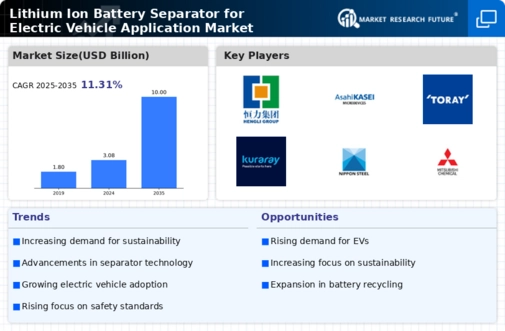
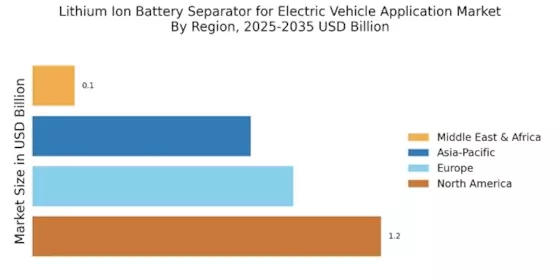
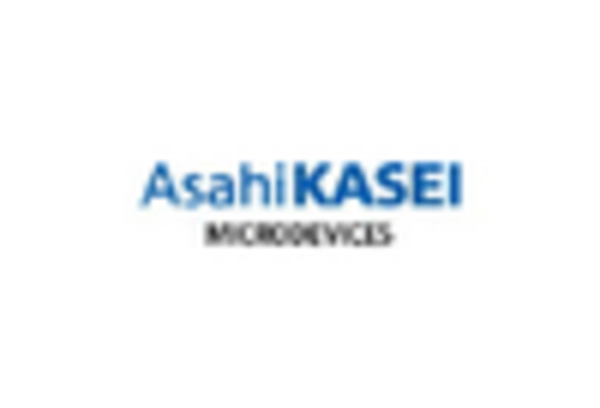
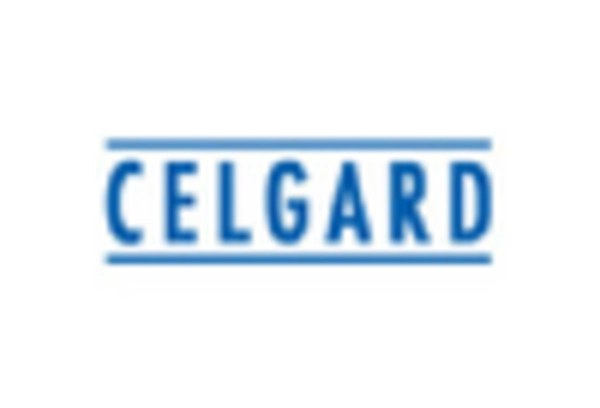
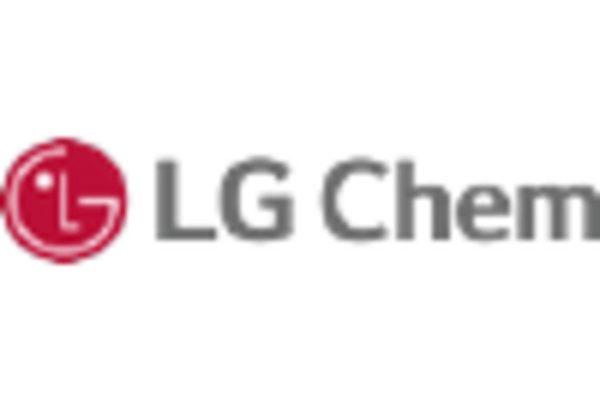

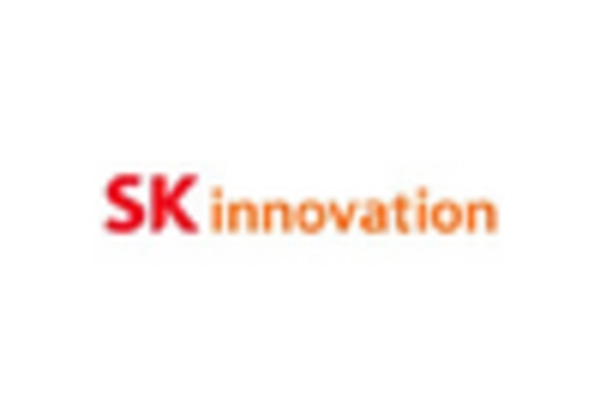
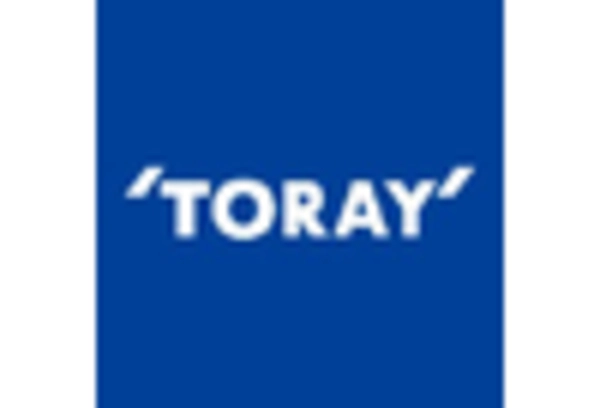








Leave a Comment